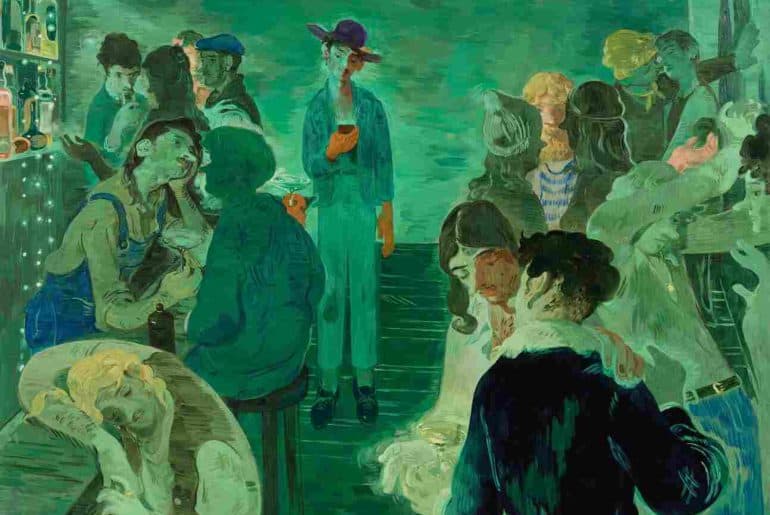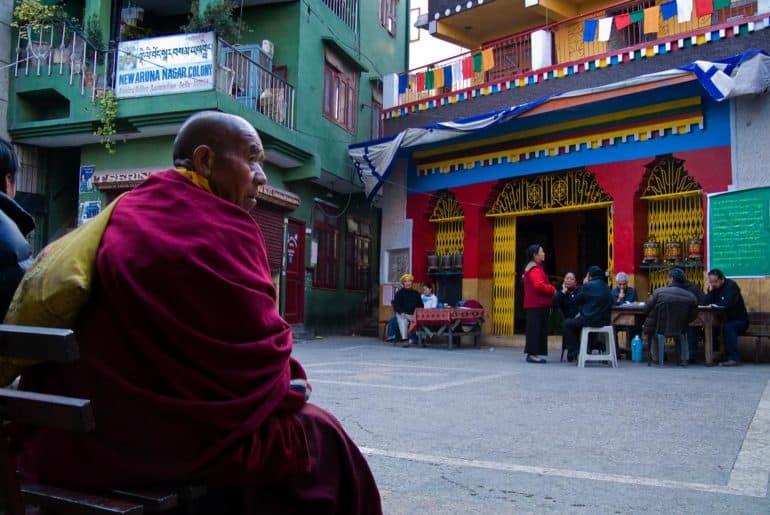On the occasion of World Heritage Day, we take some time out to point the spotlight on lesser known monuments which are rapidly headed towards disintegration due to constant neglect.
Long queues neatly separated by steel railings. Constables stationed outside and inside the premises. A two digit price ticket for Indians and a three digit price ticket for foreigners. Tour guides who speak better English than you, seated in anticipation just after the air-conditioned ticket counter. Spick and span washrooms. Expensive audio guides. Well-manicured gardens. Informative placards stationed after every five metres. The Qutub Minar, a UNESCO World Heritage Site is lavishly groomed as a tourist spot, and meticulously well preserved as a monument. One could almost call it “pampered”. And why shouldn’t it be? Having towered over the capital’s skyline for nine centuries, it is a reminder of the country’s architectural supremacy and the city’s rich cultural heritage, aweing every single person seeing it for the first time.
A couple of minutes’ walk from the Minar along a secluded, peaceful road dotted with some posh nightclubs, designer boutiques and leafy canopies suddenly opens up to the bustling cacophony of a messy mini metropolis, Mehrauli. On the Mehrauli roundabout, opposite a noisy bus depot, lies a domed structure, visible to every passer-by courtesy its huge size, but acknowledged by none, except for some adventure-seeking tourists. There are no constables, long queues, tickets or ticket counters, tour guides, manicured gardens and most importantly, tourists.
The monument itself is run-down. A few vagabonds sleep inside the circular corridor. Four children play cricket in the courtyard. Some tobacco and paan hawkers have set shop inside the premises. If you look closely at the dirt stained informative placard at the entrance, it reads “Adham Khan’s Tomb”. Locals refer to it as “Bhool Bhulaiya” and it is well known only as a landmark, helpful perhaps while giving directions to delivery boys, and certainly not as an important heritage site, in spite of being built by one of the greatest rulers of the subcontinent, Mughal emperor Akbar.
Despite being in close proximity to the Qutub Minar, the treatment that most of the monuments and heritage sites in the Mehrauli and Hauz Khas area receive is a far cry from the one received by the Minar. Some have it worse than Adham Khan’s Tomb. Rai Pithora, the once grand citadel of the Rajputs lies in shambles and some of its boundaries are even used as garbage dumps. Most of the Sultanate era baolis or stepwells reek with stinking green water and are a breeding ground for mosquitoes.
There are hundreds of historical sites peppered across the city, in Old Delhi, Zamrudpur, South Extension, North Delhi, Central Delhi, Tughlukabad, Palam to name a few. Many of them are recognized by the Archaeological Survey Of India, but still find themselves in miserable conditions. Some are not recognized and remain unidentified even by the locals. Apart from being uncared for, they also fall prey to two menacing issues – vandalism and encroachment.
“X was here”. “Y loves Z”. “Long live the X party”. Acknowledgements of romance and pledges of loyalty to political candidates scribbled on the walls or pillars greet the beleaguered tourist who visits the monument once in a blue moon. Besides this, climbing atop delicate structures as well as sticking advertisement posters on the monument’s walls also count among the rampant acts of vandalism undertaken by irresponsible citizens.
In areas like Mehrauli, Chandni Chowk and South Extension where heritage sites exist simultaneously with residential areas, encroachment into the monument premises is common. Homeless people use them as shelter. Children use them as playgrounds. Residents use them as garbage dumps. According to ASI rules, construction within 100 metres of a monument protected by ASI is prohibited. But it is hard to implement the rule in a populous city like Delhi where unauthorized constructions are prevalent. In fact in a recent report by ASI in response to a Right to Information (RTI) application, Delhi ranks first in the country in terms of monument encroachments with the number crossing 300.
One might attribute this to the domino effect. Once a person vandalises or encroaches, and is not reprimanded, others follow suit and soon the number rises. “Doing the same in heavily guarded and respected sites like the Humayun’s Tomb and Red Fort would be unthinkable for even the most desperate of vagabonds and mischief mongers. So why aren’t the rest of the sites as heavily guarded?”, said a professor of sociology at the University Of Delhi on the condition of anonymity, questioning the unequitable treatment of monuments by authorities. These issues would have been nipped in the bud had there been stricter measures and punishments against them when they started coming up initially. The goal now should be to limit any further damage and if possible, allot funds for the refurbishment of the damaged sites.
Why should lesser known heritage sites be refurbished if they don’t attract any footfall? Well the very reason these sites don’t attract people is because they aren’t refurbished. With nothing worthwhile to see, nothing worthwhile to read, nothing to transport them back to the past, there is no incentive for them to visit. Add to the fact that many decrepit monuments are located in secluded and unguarded areas, thus making them unattractive to potential tourists. And even if they do not attract as much tourists as other well-known monuments, they need to be well maintained and well preserved for the sake of historical and cultural integrity. India’s rich culture and heritage is what makes it so unique, admirable, respectable, and the neglect of historical sites sabotages this reputation.
Nevertheless, the ASI has done credible work in handling an extremely long list of heritage structures. In fact, even the meticulously handled affairs at well-known historical sites is something that they need to be lauded for. Non-governmental organizations like INTACH and the Aga Khan Trust have done well in complimenting the work done by the government and have helped fill up loopholes. As citizens, it is our duty to provide constructive criticism and awareness so that the ones who wield the power and authority to take action know that their job isn’t done yet.
Feature Image Credits: Panasonic 4K Imaging Club
Araba Kongbam
[email protected]



